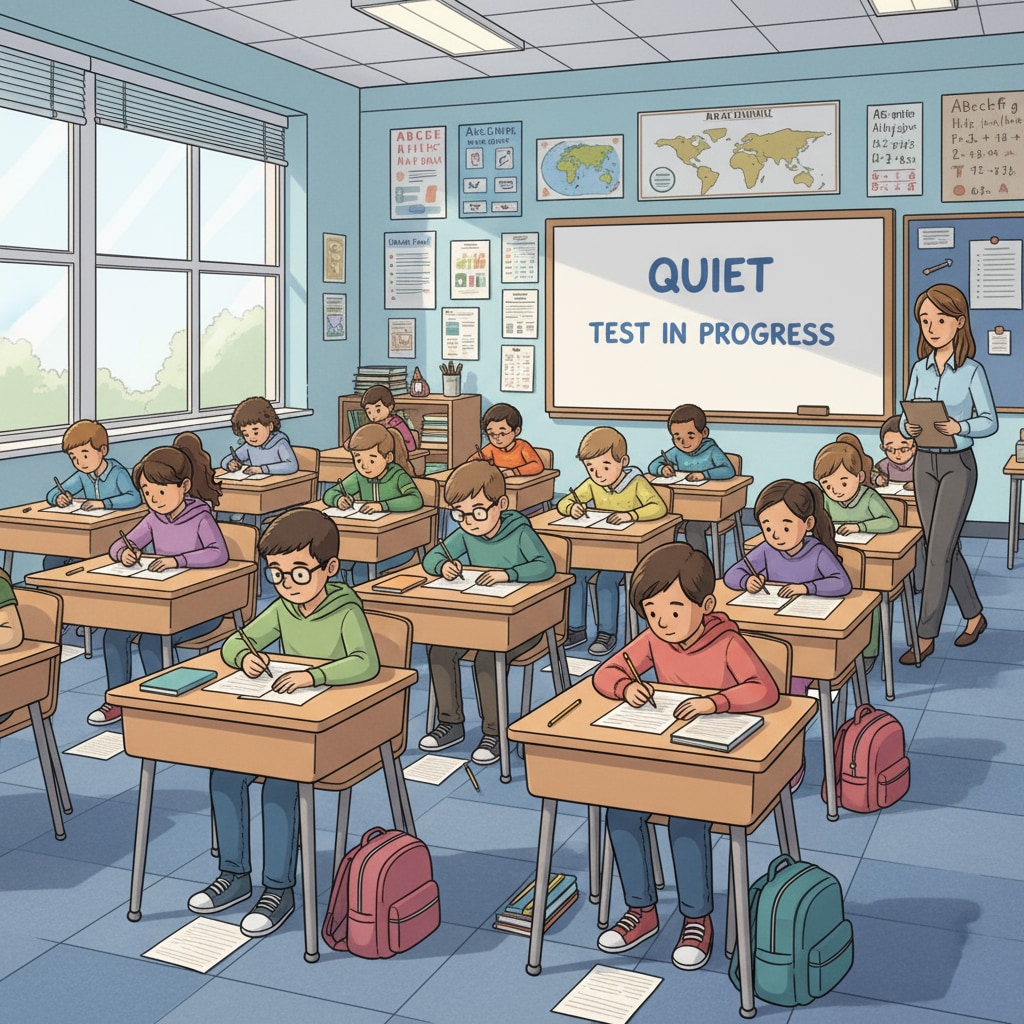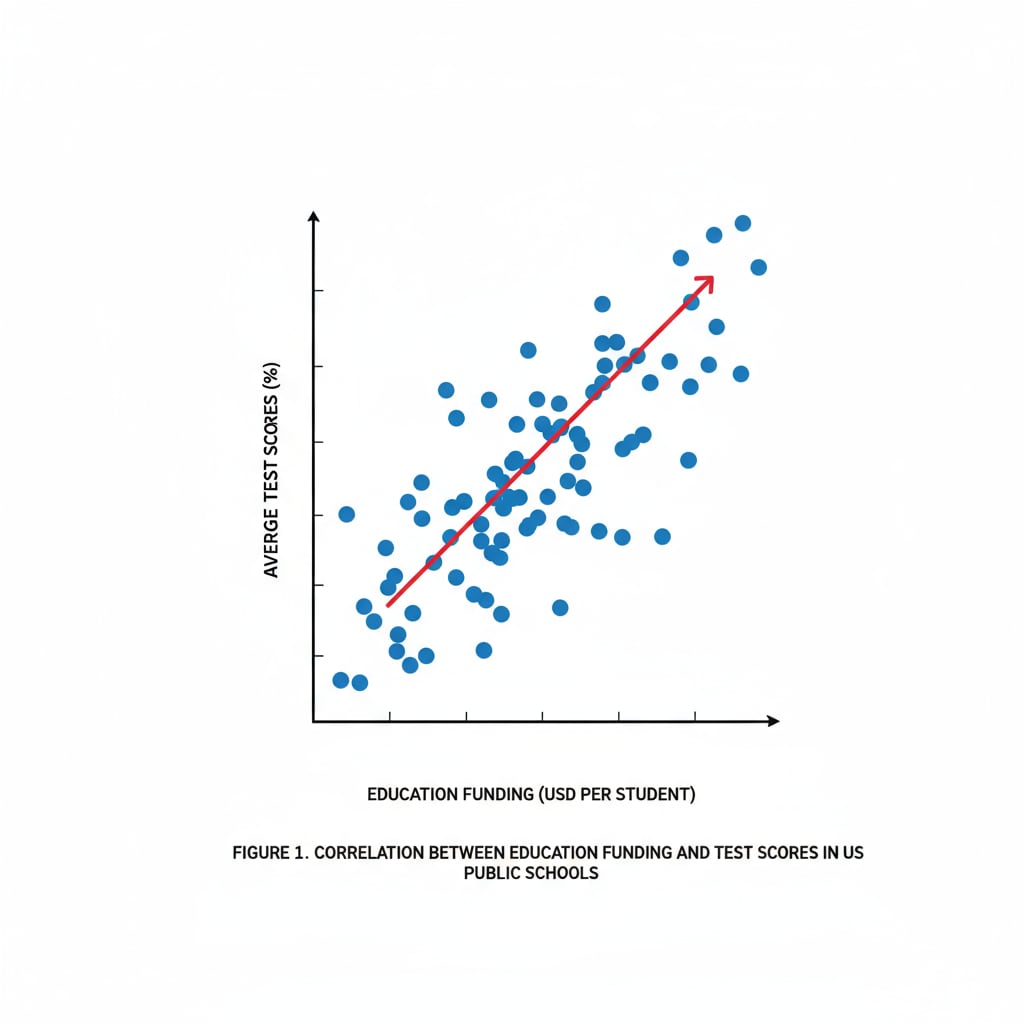In the realm of US education, the relationship between education funding, test scores, and public schools is a complex and often paradoxical one. The “No Child Left Behind” policy, while well-intentioned, has inadvertently created a rift between the amount of money schools receive and the quality of education they provide. This policy has put a significant emphasis on test scores and attendance as measures of a school’s success, which has far-reaching implications for the educational experience of students in public schools.

The “No Child Left Behind” Policy: A Double-Edged Sword
The “No Child Left Behind” policy aimed to ensure that every child in the US received a quality education. To achieve this, it tied education funding to student performance on standardized tests and attendance rates. On one hand, this was supposed to hold schools accountable for the education they provided. Schools that showed improvement in test scores and high attendance were rewarded with more funding. However, this also led to a narrow focus. For example, schools started to prioritize test preparation over a well-rounded education. Teachers were often pressured to teach to the test, leaving less time for subjects like art, music, and physical education. No Child Left Behind Act on Wikipedia

The Impact on Public School Curriculum
As a result of the policy, the curriculum in public schools underwent a significant transformation. The emphasis on test scores meant that academic subjects directly related to the tests, such as math and reading, took center stage. Other important aspects of a child’s development were sidelined. For instance, hands-on learning experiences, which are crucial for developing critical thinking and creativity, were reduced. This shift in focus not only affected the students’ overall educational experience but also had long-term consequences for their future skills and interests. In addition, the pressure to improve test scores led to a more stressful learning environment for students. Education in the United States on Britannica
The relationship between education funding, test scores, and public schools in the US under the “No Child Left Behind” policy is a prime example of a policy dilemma. While the policy intended to improve education quality, it ended up creating a situation where the pursuit of funding may be sacrificing the true essence of learning. It is essential to reevaluate such policies to ensure that public schools can provide a well-rounded and high-quality education to all students.
Readability guidance: This article uses short paragraphs to clearly present ideas. Each H2 section provides key points. The passive语态 is minimized, and transition words like “however,” “for example,” and “in addition” are used to enhance the flow.


